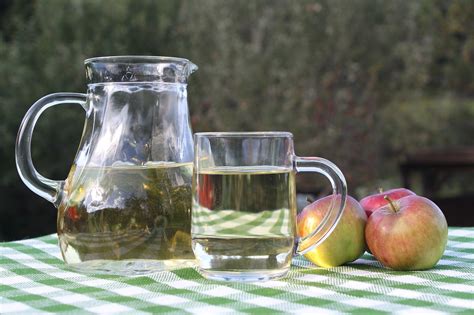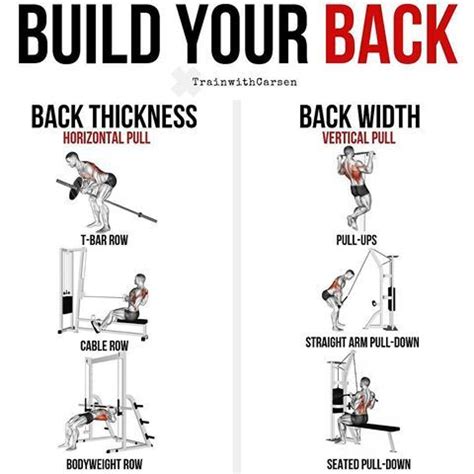What is the most effective training split for busy men seeking peak gains?

Maximizing Gains When Time is Limited
For many busy men, juggling work, family, and other commitments leaves little time for the gym. Yet, the desire for peak muscle and strength gains remains strong. The key to success isn’t just about training hard, but training smart – choosing a training split that optimizes your limited time for maximum results. This article dives into the most effective training splits for busy individuals, focusing on efficiency, frequency, and recovery to unlock your true potential.

Understanding Key Principles for Peak Gains
Before we evaluate specific splits, let’s briefly touch upon the fundamental principles that drive muscle growth and strength:
- Progressive Overload: Continuously challenging your muscles by increasing weight, reps, sets, or decreasing rest times.
- Frequency: How often a muscle group is trained per week. Higher frequency can lead to more muscle protein synthesis.
- Volume: The total amount of work performed (sets x reps x weight).
- Recovery: Adequate rest, sleep, and nutrition are crucial for muscle repair and growth.
For busy men, the challenge is balancing these principles within a constrained schedule, making frequency and efficient volume paramount.
Evaluating Popular Training Splits for Busy Men
1. Full-Body Split (2-3 times/week)
This split involves training all major muscle groups in each session. A common approach is 3 days a week (e.g., Monday, Wednesday, Friday), with rest days in between.
- Pros: High frequency for each muscle group, excellent for muscle protein synthesis, highly time-efficient (3 sessions a week are very manageable), great for beginners and intermediate lifters. Allows ample recovery between sessions.
- Cons: Each session can be long and demanding if too many exercises are included. Requires careful exercise selection to avoid overtraining.
Verdict for Busy Men: Highly Effective. This is often the #1 choice due to its high frequency and minimal time commitment per week.

2. Upper/Lower Split (3-4 times/week)
This split divides your body into upper body and lower body workouts. A typical schedule might be Upper, Lower, Rest, Upper, Lower, Rest, Rest (4 days/week) or Upper, Lower, Rest, Upper, Rest, Lower, Rest (3 days/week).
- Pros: Allows for more volume per muscle group per session than a full-body split, still maintains good frequency (muscles trained twice a week), flexible to fit into 3 or 4-day schedules.
- Cons: Requires more days in the gym than a 2-3 day full-body split if you opt for 4 days.
Verdict for Busy Men: Highly Effective. Another strong contender, especially if you can commit to 4 days and want slightly more focus on specific muscle groups.
3. Push/Pull/Legs (PPL) Split (3 or 6 times/week)
This split divides workouts by movement patterns: Push (chest, shoulders, triceps), Pull (back, biceps), and Legs (quads, hamstrings, glutes, calves).
- Pros: Excellent for high volume, good for muscle hypertrophy. If done 6 times a week (PPLPPL), it offers very high frequency.
- Cons: A 3-day PPL lacks sufficient frequency for optimal gains for many, as each muscle group is hit only once a week. A 6-day PPL is often too demanding and time-consuming for busy men, making recovery difficult.
Verdict for Busy Men: Less Ideal. The 6-day option is usually too much; the 3-day option is too little frequency for peak gains.

4. Body Part Split (Bro Split) (3-5 times/week)
This traditional split focuses on one or two muscle groups per session (e.g., Chest on Monday, Back on Tuesday, etc.).
- Pros: Allows for very high volume on a single muscle group, giving it a full week to recover.
- Cons: Extremely low frequency (each muscle group is trained only once a week), which is generally sub-optimal for muscle protein synthesis and overall gains for most individuals, especially natural lifters.
Verdict for Busy Men: Not Recommended. Its low frequency makes it inefficient for achieving peak gains in limited time.
The Verdict: Best Splits for Busy Men Seeking Peak Gains
Considering the need for high frequency, efficient volume, and adequate recovery within a busy schedule, the Full-Body Split (2-3 times/week) and the Upper/Lower Split (3-4 times/week) emerge as the clear winners.
- Choose Full-Body if: You have very limited time (2-3 days/week), prefer shorter, intense sessions, and value higher overall recovery between gym days.
- Choose Upper/Lower if: You can commit to 4 days/week, want slightly more dedicated volume per session, and enjoy dividing your focus.
Both splits allow for hitting muscle groups 2-3 times per week, which is ideal for stimulating consistent muscle protein synthesis and progressive overload.

Implementing Your Chosen Split Effectively
Simply picking a split isn’t enough. Here’s how to maximize your results:
- Consistency is King: Adhere to your schedule. Missing workouts regularly negates any split’s benefits.
- Focus on Compound Lifts: Prioritize exercises like squats, deadlifts, bench press, overhead press, rows, and pull-ups. These work multiple muscle groups simultaneously, maximizing efficiency.
- Progressive Overload: Always strive to do more over time – more weight, more reps, or better form. This is the primary driver of gains.
- Optimize Nutrition & Recovery: Your diet must support muscle growth and recovery. Adequate protein, sufficient calories, and 7-9 hours of quality sleep are non-negotiable.
- Listen to Your Body: Some weeks you might need an extra rest day or a deload. Adapt your training to prevent burnout and injury.

Conclusion
For busy men chasing peak gains, the most effective training split is one that balances high frequency with efficient volume and sufficient recovery. The Full-Body and Upper/Lower splits stand out as superior choices, allowing you to stimulate muscle growth multiple times per week without monopolizing your schedule. Choose the one that best fits your weekly availability and commitment, then commit to consistency, progressive overload, and solid nutrition to build the physique and strength you desire, even with a demanding lifestyle.









